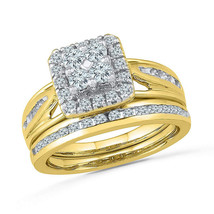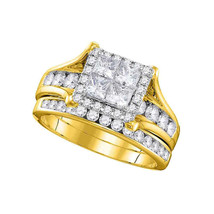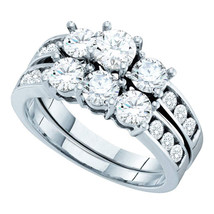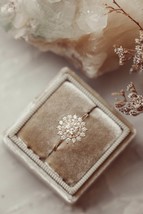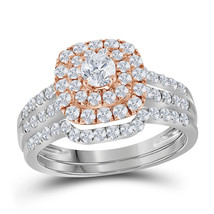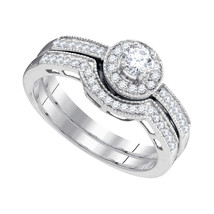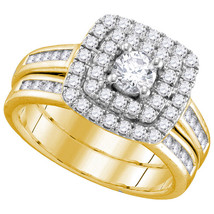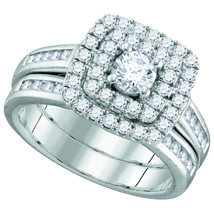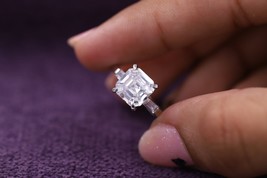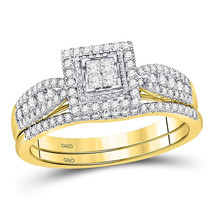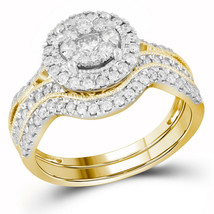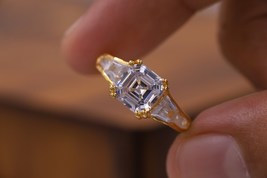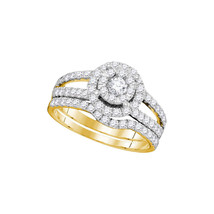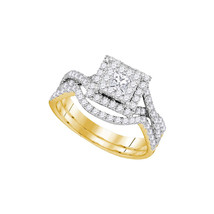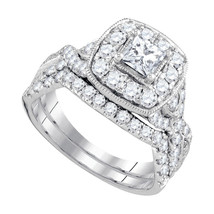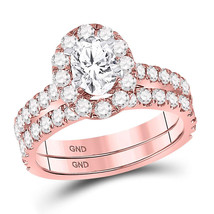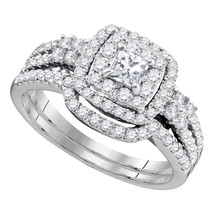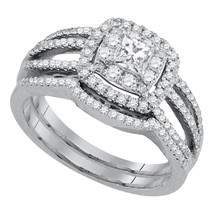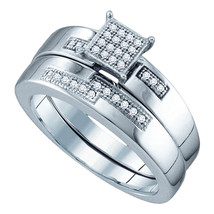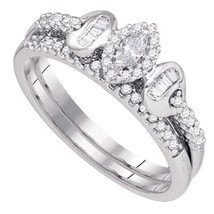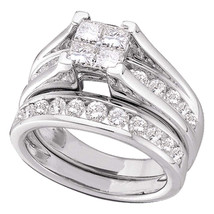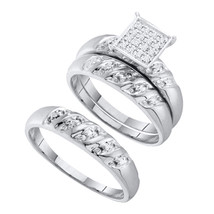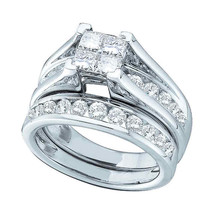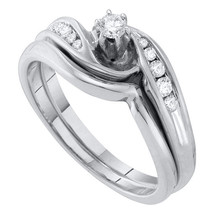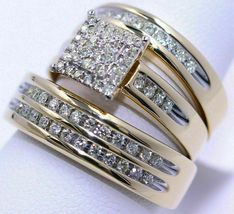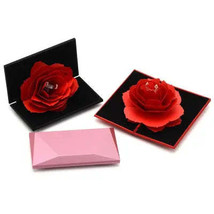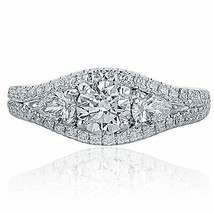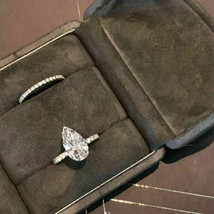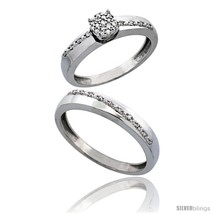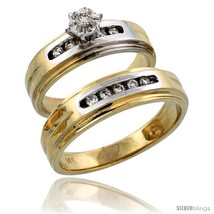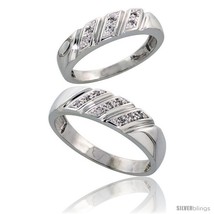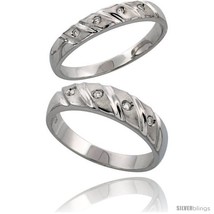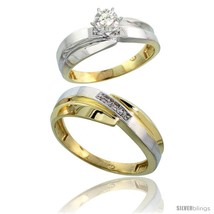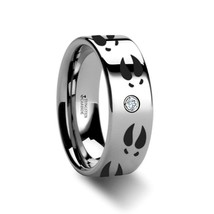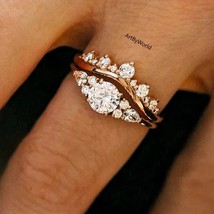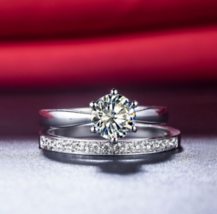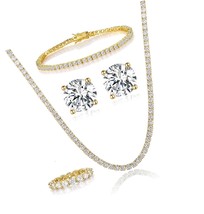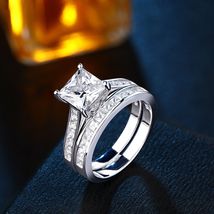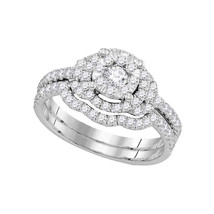(GIA CERT) 3.15ct Fancy Yellow Diamond Ring and 50 similar items
Free Shipping
(GIA CERT) 3.15ct Fancy Yellow Diamond Ring - R9876
$29,800.00
View full item details »
Shipping options
Seller handling time is 3 business days Details
FREE in United States
Offer policy
OBO - Seller accepts offers on this item.
Details
Return policy
None: All purchases final
Purchase protection
Payment options
PayPal accepted
PayPal Credit accepted
Venmo accepted
PayPal, MasterCard, Visa, Discover, and American Express accepted
Maestro accepted
Amazon Pay accepted
Nuvei accepted
View full item details »
Shipping options
Seller handling time is 3 business days Details
FREE in United States
Offer policy
OBO - Seller accepts offers on this item.
Details
Return policy
None: All purchases final
Purchase protection
Payment options
PayPal accepted
PayPal Credit accepted
Venmo accepted
PayPal, MasterCard, Visa, Discover, and American Express accepted
Maestro accepted
Amazon Pay accepted
Nuvei accepted
Item traits
| Category: | |
|---|---|
| Quantity Available: |
2 in stock |
| Condition: |
New with tags |
| Brand: |
Unbranded |
| Main Stone: |
Diamond |
| Metal: |
White Gold |
| Ring Size: |
6.5 |
| Type: |
Engagement Ring |
| Metal Purity: |
18k |
| Main Stone Shape: |
Radiant |
| Certification: |
GIA |
| Sizable: |
Yes |
| Fancy Diamond Color: |
Yellow |
| Natural/Lab-Created: |
Natural |
| Diamond Color: |
Fancy Color |
| Clarity: |
VVS2 |
| Cut: |
Good |
| Style: |
Halo |
| Total Carat Weights: |
Listing details
| Seller policies: | |
|---|---|
| Shipping discount: |
Seller pays shipping for this item. |
| Posted for sale: |
More than a week ago |
| Item number: |
1722141681 |
Item description
Message Us For More Info!
(GIA CERT) 3.15ct Fancy Yellow Diamond Ring - R9876
This lovely White Gold Ring is mounted with a beautiful Radiant-Shape Yellow Diamond accompanied by smaller round white Diamonds. Center stone come with GIA Certification.
Main Stone: Diamond
Main Stone Weight: 3.15ct
Secondary Stone: Diamond(154)
Secondary Stone Weight: 1.64ct
Metal: White Gold
Metal Purity: 750 / 18k
Store Reference#: R9876
Stone Reference#: FR691
Continue browsing our collection
Diamond
Diamond
The slightly misshapen octahedral shape of this rough diamond
crystal in matrix is typical of the mineral. Its lustrous faces also
indicate that this crystal is from a primary deposit.
General
Category
Native minerals
Dana classification
1.3.6.1
Identification
Color
Typically yellow, brown, or gray to colorless. Less often blue,
green, black, translucent white, pink, violet, orange, purple, and red.
Diamond is a metastable allotrope of
carbon, where the carbon atoms are arranged in a variation of the
face-centered cubic crystal structure called a diamond lattice. Diamond
is less stable than graphite, but the conversion rate from diamond to
graphite is negligible at standard conditions. Diamond is renowned as a
material with superlative physical qualities, most of which originate
from the strong covalent bonding between its atoms. In particular,
diamond has the highest hardness and thermal conductivity of any bulk
material. Those properties determine the major industrial application of
diamond in cutting and polishing tools and the scientific applications
in diamond knives and diamond anvil cells.
Because of its
extremely rigid lattice, it can be contaminated by very few types of
impurities, such as boron and nitrogen. Small amounts of defects or
impurities (about one per million of lattice atoms) color diamond blue
(boron), yellow (nitrogen), brown (lattice defects), green (radiation
exposure), purple, pink, orange or red. Diamond also has relatively high
optical dispersion (ability to disperse light of different colors).
Most
natural diamonds are formed at high temperature and pressure at depths
of 140 to 190 kilometers (87 to 118 mi) in the Earth's mantle.
Carbon-containing minerals provide the carbon source, and the growth
occurs over periods from 1 billion to 3.3 billion years (25% to 75% of
the age of the Earth). Diamonds are brought close to the Earth's surface
through deep volcanic eruptions by magma, which cools into igneous
rocks known as kimberlites and lamproites. Diamonds can also be produced
synthetically in a HPHT method which approximately simulates the
conditions in the Earth's mantle. An alternative, and completely
different growth technique is chemical vapor deposition (CVD). Several
non-diamond materials, which include cubic zirconia and silicon carbide
and are often called diamond simulants, resemble diamond in appearance
and many properties. Special gemological techniques have been developed
to distinguish natural diamonds, synthetic diamonds, and diamond
simulants. The word is from the ancient Greek adamas
"unbreakable".
History
The
name diamond is derived from the ancient Greek (adamas),
"proper", "unalterable", "unbreakable", "untamed", "I overpower", "I tame".[3] Diamonds are thought to have
been first recognized and mined in India, where significant alluvial
deposits of the stone could be found many centuries ago along the rivers
Penner, Krishna and Godavari. Diamonds have been known in India for at
least 3,000 years but most likely 6,000 years.[4]
Diamonds have
been treasured as gemstones since their use as religious icons in
ancient India. Their usage in engraving tools also dates to early human
history.[5][6] The popularity of diamonds has risen since the 19th
century because of increased supply, improved cutting and polishing
techniques, growth in the world economy, and innovative and successful
advertising campaigns.[7]
The most familiar
uses of diamonds today are as gemstones used for adornment, a use which
dates back into antiquity, and as industrial abrasives for cutting hard
materials. The dispersion of white light into spectral colors is the
primary gemological characteristic of gem diamonds. In the 20th century,
experts in gemology developed methods of grading diamonds and other
gemstones based on the characteristics most important to their value as a
gem. Four characteristics, known informally as the four Cs, are now
commonly used as the basic descriptors of diamonds: these are carat (its
weight), cut (quality of the cut is graded according to proportions,
symmetry and polish), color (how close to white or colorless; for fancy
diamonds how intense is its hue), and clarity (how free is it from
inclusions).[11]
Continue browsing our collection
Available Shipping Worldwide
GTAonline
Please be sure to check ALL the item's details to avoid confusion.
|
Why are we showing these items?
Search Results
Ring, engagement & wedding"ring" Category "Engagement & Wedding"
Metal Purity
Metal Purity
Brand
Country/Region of Manufacture
Country/Region of Manufacture
Unknown (2148)
Afghanistan (2)
Argentina (1)
Australia (69)
Brazil (1)
British Indian Ocean Territory (7)
Canada (1)
China (407)
Colombia (1)
Greece (54)
Hong Kong (3)
India (7408)
Indonesia (2)
Italy (7)
Korea, Republic of (1)
Lithuania (4)
Philippines (2)
Sri Lanka (1)
Thailand (19)
United Kingdom (3)
United States (1155)
Vietnam (6)
Certification
Certification
Karat Content
Karat Content
Metal
Gender
Gender
Color
Size
Size
3 (384)
3.5 (381)
4 (617)
4.5 (625)
5 (1622)
5.5 (1500)
6 (2340)
6.5 (1582)
7 (2437)
7.5 (1650)
8 (1714)
8.5 (1623)
9 (1749)
9.5 (1579)
10 (1465)
10.5 (947)
11 (1013)
11.5 (846)
12 (1054)
12.5 (905)
13 (943)
2 Gauge (1)
6 Gauge (15)
16 Gauge (7)
18 Gauge (8)
2.5 (367)
2" (2)
14 (843)
1.5 (26)
Adjustable (2)
One Size (15)
|

-
Refine your browsing experience
We can show you more items that are exactly like the original item, or we can show you items that are similar in spirit. By default we show you a mix.
This item has been added to your cart
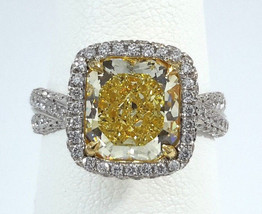 (GIA CERT) 3.15ct Fancy Yellow Diamond Ring - R9876 added to cart.
2 available in stock
(GIA CERT) 3.15ct Fancy Yellow Diamond Ring - R9876 added to cart.
2 available in stock
View Cart or continue shopping.
 Please wait while we finish adding this item to your cart.
Please wait while we finish adding this item to your cart.
Get an item reminder
We'll email you a link to your item now and follow up with a single reminder (if you'd like one). That's it! No spam, no hassle.
Already have an account?
Log in and add this item to your wish list.
















